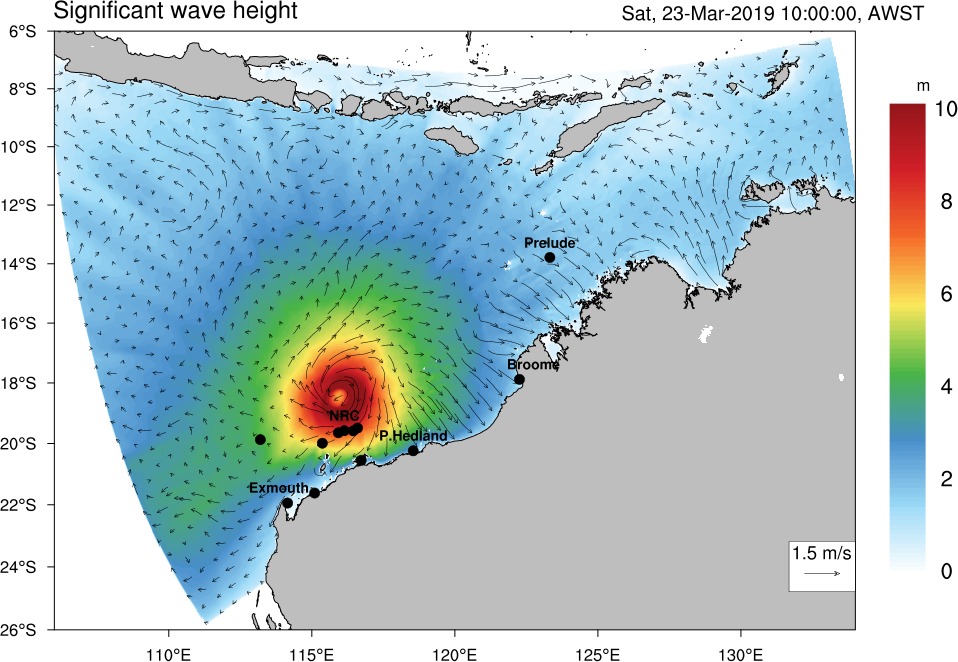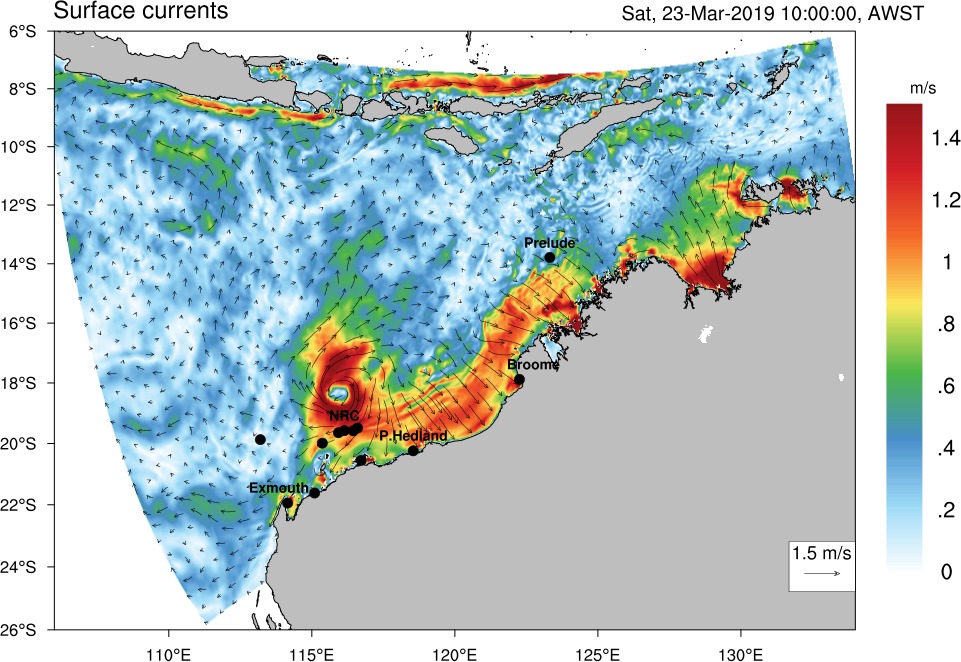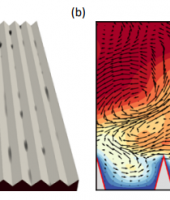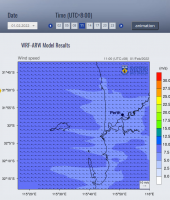Predicting and Validating Ocean Response to Severe Tropical Cyclones at North West Shelf of WA
Within this project we are investigating ocean-atmosphere interactions using the latest modelling tools at high spatial and temporal resolutions. The key element that is currently missing in the ocean (and atmosphere) modelling predictions is lack of exchange of information between ocean and atmosphere. To resolve that issue we are using 3 models (ocean, wave and atmosphere) 2-way coupled (each model can receive and send information) at 10 minute interval. Example of that interaction is ocean-atmo dynamics that took place during TC Veronica at WA.
Area of science
Physical Oceanography
Systems used
Magnus
Applications used
Numerical models for ocean and atmosphereThe Challenge
What is the effect of non-coupling (classical and usual approach) versus fully 2-way coupled system? What are gains if we include better formulations for ocean surface (such as better surface wind drag, cooling, heat flux) influencing at the same time ocean and atmosphere (lower boundary condition)? Is it important for tropical cyclone dynamics to include correct feedback from the ocean?
The Solution
Using timely 2-way exchange of information between all models used to simulate ocean or/and atmosphere dynamics we should get better solution for all of them. This is relevant topic for analysing ocean (and atmosphere) processes during the severe tropical cyclones occurring at the North West shelf of WA.
The Outcome
Using Pawsey supercomputer infrastructure we are able to simulate complex dynamics in the ocean and atmosphere and more importantly interactions between them that are intimately linked. Solution of that system is superior when compared to classical approach when there is no such information exchange. Fast interconnections and big number of cores provide perfect framework for such problems.







